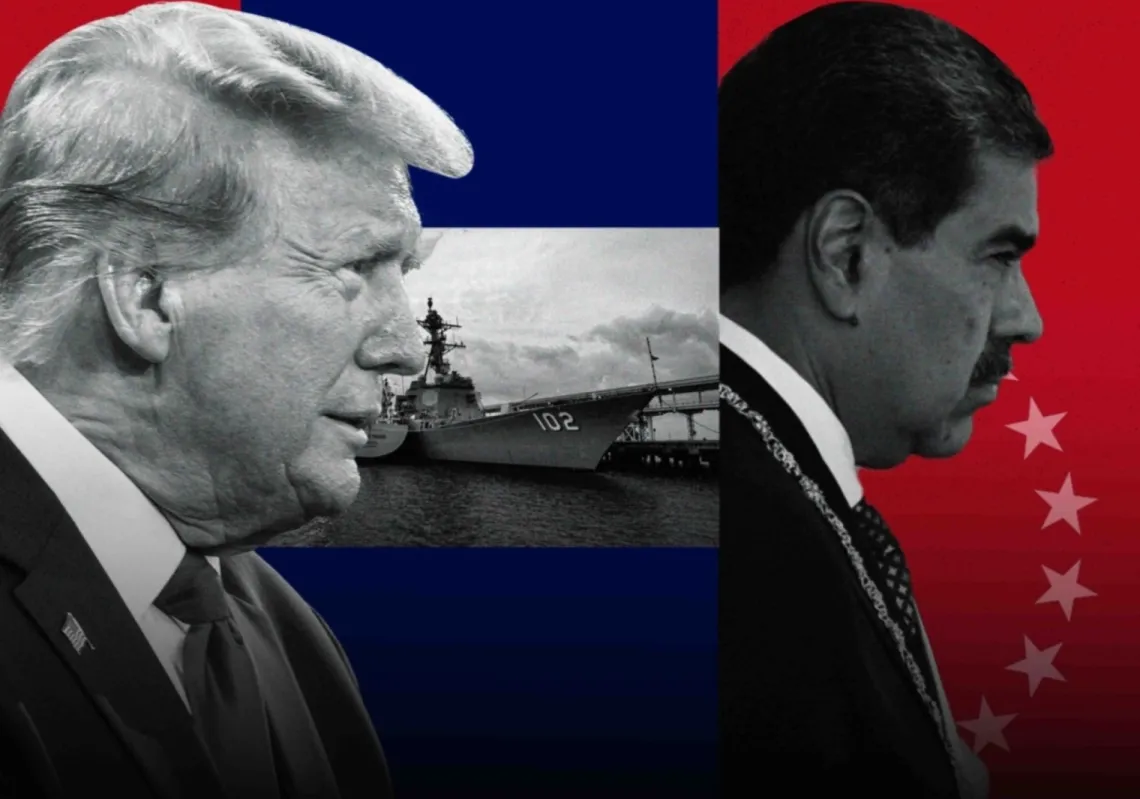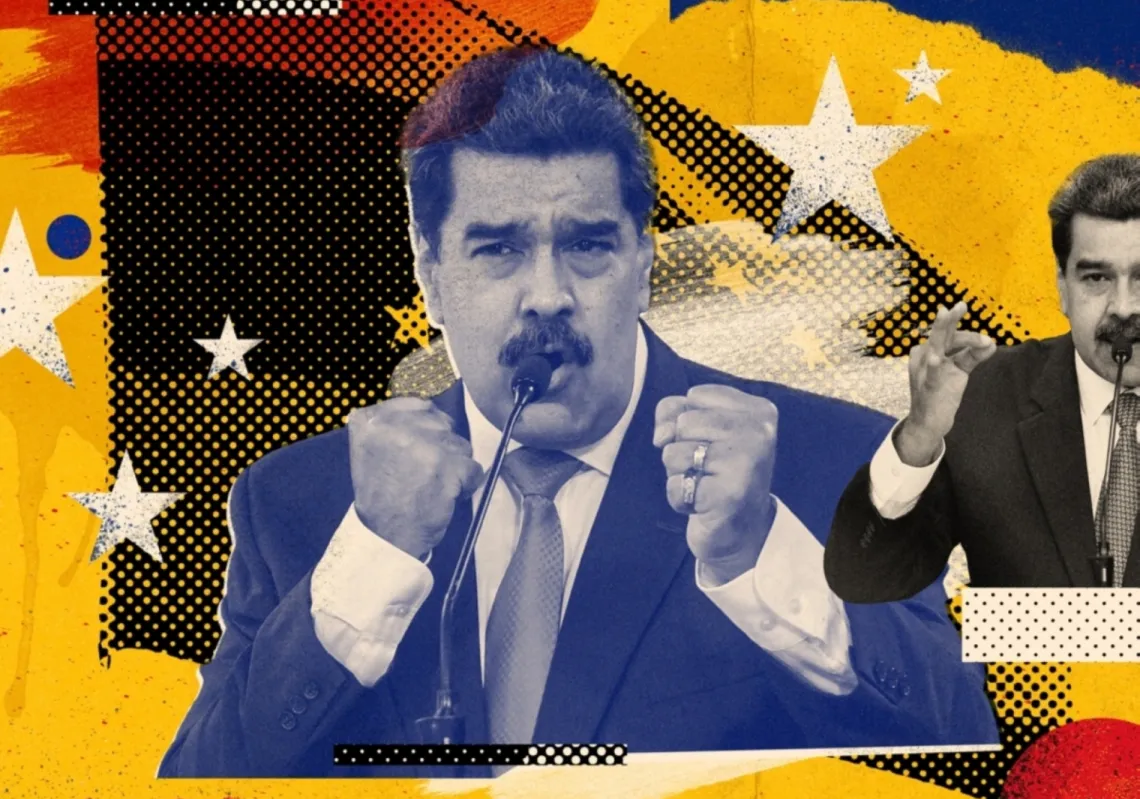Russia's recent participation in the Dubai Airshow 2023 is not the first appearance of Russian military hardware abroad since the outbreak of the war in Ukraine and the imposition of unprecedented sanctions on the Russian economy.
In 2022, representatives of the Russian defence industry participated in the Africa Aerospace & Defence exhibition in South Africa, and in early 2023 — in IDEX 2023 in Abu Dhabi, where they demonstrated a wide range of products, from T-90S tanks to multiple rocket launchers.
The motives of the South African Republic and the UAE to invite Russian exporters to organise exhibitions is undoubtedly an opportunity for the Kremlin to demonstrate the failure of attempts to isolate Russia internationally.
It is also trying to show how its military-industrial complex continues to be a dominant player in the global arms market and is capable not only of supplying its troops in the large-scale war in Ukraine but also exporting weapons to other countries.
However, Russia's claims must always be taken with a grain of salt. The calculation of signed contracts and the amount of delivered equipment depends on the research methodology and, due to current circumstances, is possible only after the fact, and even then, these are unofficial calculations.
Western sanctions and its effects
Since Russia began its aggression in Ukraine in 2014, Washington has consistently ramped up sanctions on Moscow, culminating in the 2017 Countering America's Adversaries Through Sanctions Act (CAATSA), which allows for the imposition of secondary sanctions against countries, as well as legal entities or individuals who purchase weapons from Russia.
Even before the full-scale invasion began, Russia was forced to develop new payment schemes for the supplied equipment, and information about its military exports was scarce. However, this law helped the Russian defence industry adapt to the sanctions imposed after February 2022.
Russia juggles with various figures to prove that, in 2022 and 2023, it managed to maintain a stable export portfolio despite all logistical difficulties and the disconnection of its banks from the SWIFT system. On its part, Western media tries to paint the opposite picture. Propaganda on both sides makes it difficult to draw accurate conclusions.
Moscow purports that its military campaign in Syria had sparked unprecedented interest among regional actors in Russian arms. On its part, Western media maintains that Russia's involvement in the Syrian war had the opposite effect on its arms sales.

However, the truth is almost always somewhere in the middle.














